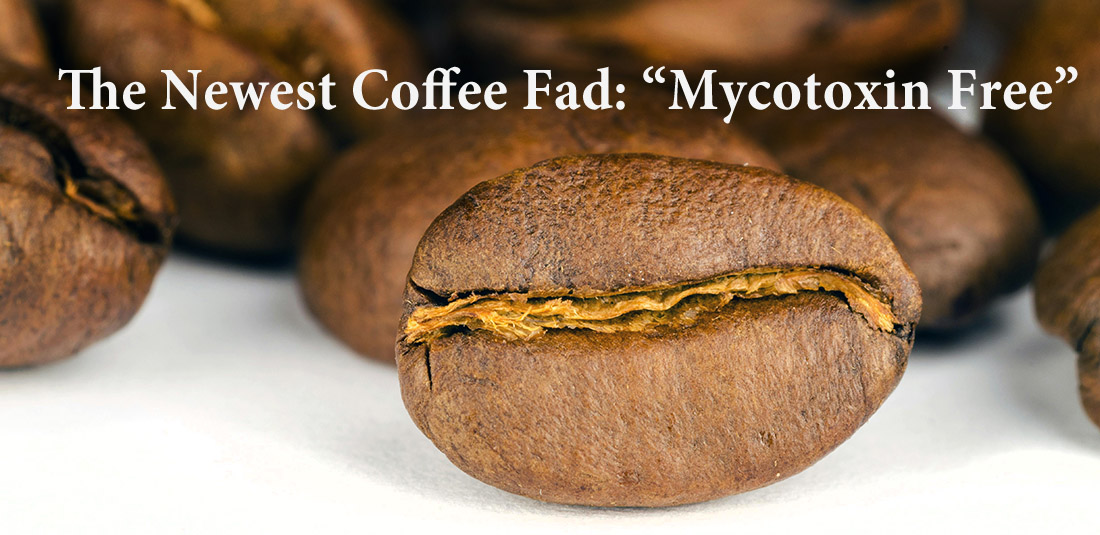
At Toomer’s Coffee Roasters, we know our customers care deeply about both the quality and safety of what’s in their cup. In recent years, certain coffee brands have begun marketing their products as “mycotoxin-free” or “third-party tested for mold toxins,” often raising more questions than answers.
So—are mycotoxins a legitimate concern? Should you be seeking out “clean” coffee? And what do these buzzwords actually mean?
Let’s take a calm, evidence-based look at the facts to help you enjoy your coffee with confidence.
What Are Mycotoxins?
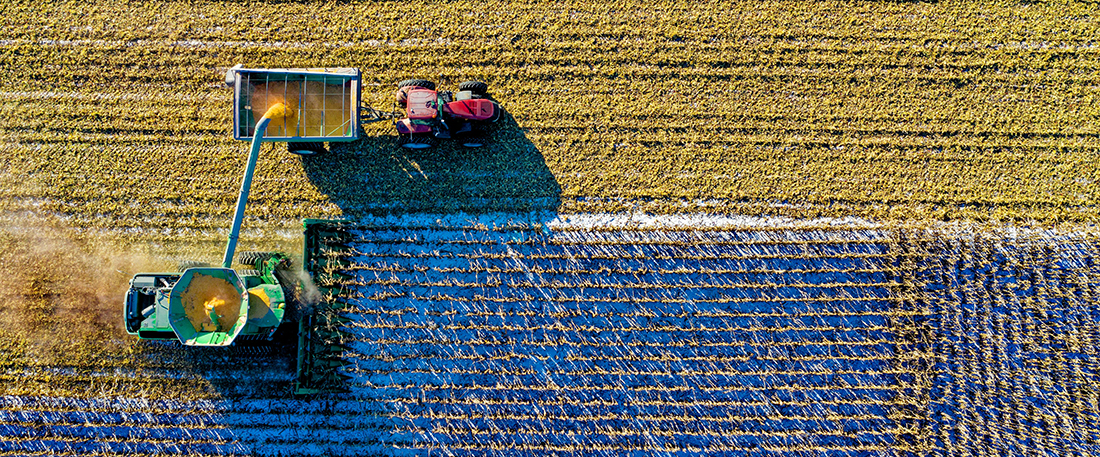
Mycotoxins are naturally occurring compounds produced by molds such as Aspergillus and Penicillium. These can develop in improperly stored crops like grains, nuts, and green (unroasted) coffee beans. In coffee, the most discussed mycotoxin is ochratoxin A (OTA).
Regulatory agencies including the FDA and European Food Safety Authority (EFSA) have studied OTA extensively and set safe consumption limits — far below any levels found in properly processed and roasted coffee.
Are Mycotoxins New or Caused by Chemicals?
No. Mycotoxins are not synthetic pesticides or modern agricultural additives — they’ve existed as long as farming has. They are a byproduct of nature when food is poorly stored in warm, humid conditions.
Thanks to better modern drying, storing, and roasting techniques, high-quality specialty coffees like ours at Toomer’s are extremely low-risk for mycotoxins.
Do Mycotoxins in Coffee Pose a Real Health Risk?
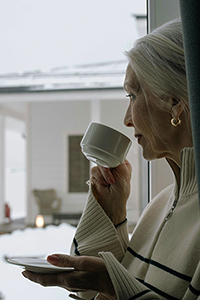 Not realistically. Research has shown that an adult would need to consume over 7,000 cups of coffee per day at the legal maximum OTA level to approach harmful thresholds.
Not realistically. Research has shown that an adult would need to consume over 7,000 cups of coffee per day at the legal maximum OTA level to approach harmful thresholds.
Roasting coffee beans destroys 70%–90% of any present OTA, and brewing dilutes it further. In fact, a 2020 EFSA study confirmed that most brewed coffee contains levels so low they are undetectable or far below safety limits.
So What Does “Third-Party Tested” Really Mean?
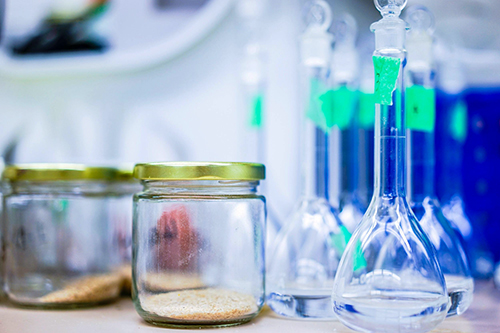 Good question.
Good question.
✅ Some companies hire private labs to test for mycotoxins.
🟡 But the FDA and USDA already regulate all imported coffee, and green beans are routinely tested or monitored for mold and contaminants.
So when a brand says “third-party tested”, it may imply more than it delivers — because virtually all coffee in the U.S. is already regulated and inspected by third parties through federal oversight.
So What About “Mycotoxin-Free” Coffee?

The phrase or term “mycotoxin-free” isn’t regulated by the FDA, and in most cases it means the coffee tested below detectable limits, which is already the norm for any well-produced, properly roasted specialty coffee.
⭐️ In other words, “mycotoxin-free” is often a marketing term, not a health breakthrough.
How Toomer’s Ensures Safe, Low Acid Coffee — Without the Hype
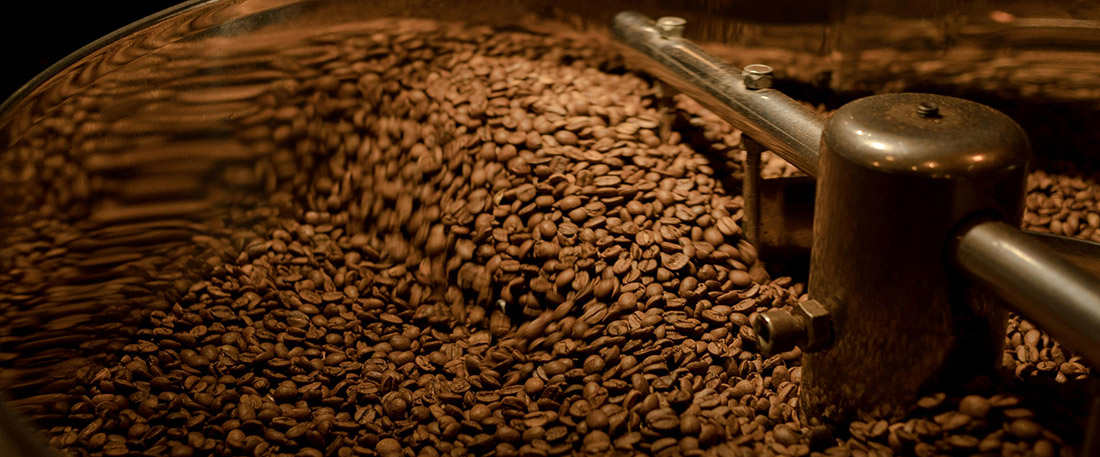
We take pride in serving a health-conscious community of coffee lovers — from intermittent fasters to keto and low-carb dieters — who value both flavor and integrity. Here’s how we make sure our coffee is safe and satisfying:
- ✅ Specialty Grade Beans: Our beans are hand-selected, free from major defects, and grown by trusted farms with proper drying and storage.
-
🔥 Infrared Roasting: Our unique roasting method ensures high, even heat that naturally destroys most mold toxins — without over-roasting or charring.
-
🌿 Low-Acid Choices: Perfect for sensitive stomachs, our roasting and bean selection prioritize smooth, balanced coffee.
-
🇺🇸 FDA & USDA Compliant: All our green coffee is imported and handled under U.S. regulatory safety standards.
We don’t rely on fear-based advertising. We just make great coffee — transparently and responsibly.
Should You Be Worried About Mycotoxins in Coffee? Enjoy with Confidence

Not if you’re drinking Toomer’s Coffee. The science, regulation, and roasting process are all on your side. You can sip your morning brew knowing that it’s:
-
💧 Low acid
-
☕ Properly roasted
-
🧪 Within strict safety limits
-
✍️ Backed by facts, not fads
At Toomer’s, we believe coffee should be enjoyed—not feared. That’s why we’re committed to roasting with care, sourcing with integrity, and educating our customers with facts—not fads.
🔍 Sources Cited
-
- Healthline
“Mycotoxins Myth: The Truth About Mold in Coffee” Medically reviewed by Kim Rose-Francis RDN, CDCES, LD, Nutrition — Written by Kris Gunnars, BSc and Molly Burford — Updated on June 13, 2023
https://www.healthline.com/nutrition/the-mycotoxins-in-coffee-myth
-
U.S. Food and Drug Administration (FDA).
“Guidance for Industry: Action Levels for Poisonous or Deleterious Substances in Human Food and Animal Feed.”
FDA.gov -
European Food Safety Authority (EFSA).
“Scientific Opinion on the Risks for Public Health Related to the Presence of Ochratoxin A in Food.” EFSA Journal, 2020.
https://efsa.europa.eu -
International Agency for Research on Cancer (IARC).
“Some Naturally Occurring Substances: Food Items and Constituents, Heterocyclic Aromatic Amines and Mycotoxins.” IARC Monographs on the Evaluation of Carcinogenic Risks to Humans, Volume 56, 1993. -
Varga, J. et al.
“Ochratoxin A in Coffee, Cacao and Herbal Teas.” Food Additives & Contaminants, 2005.
DOI: 10.1080/02652030500058567 -
Taniwaki, M.H., et al.
“Mycotoxins and Coffee.” In: Mycotoxins in Food, Feed and Bioweapons, Springer, 2010.
DOI: 10.1007/978-3-642-00725-5_6 -
Blanc, M. et al.
“Effect of Roasting on Ochratoxin A Content in Coffee.” Journal of Agricultural and Food Chemistry, 1998.
DOI: 10.1021/jf970751b -
Bennett, J.W., & Klich, M.
“Mycotoxins.” Clinical Microbiology Reviews, 2003.
DOI: 10.1128/CMR.16.3.497-516.2003 -
Pittet, A.
“Natural Occurrence of Mycotoxins in Foods and Feeds – An Updated Review.” Revue de Médecine Vétérinaire, 1998.
- Healthline